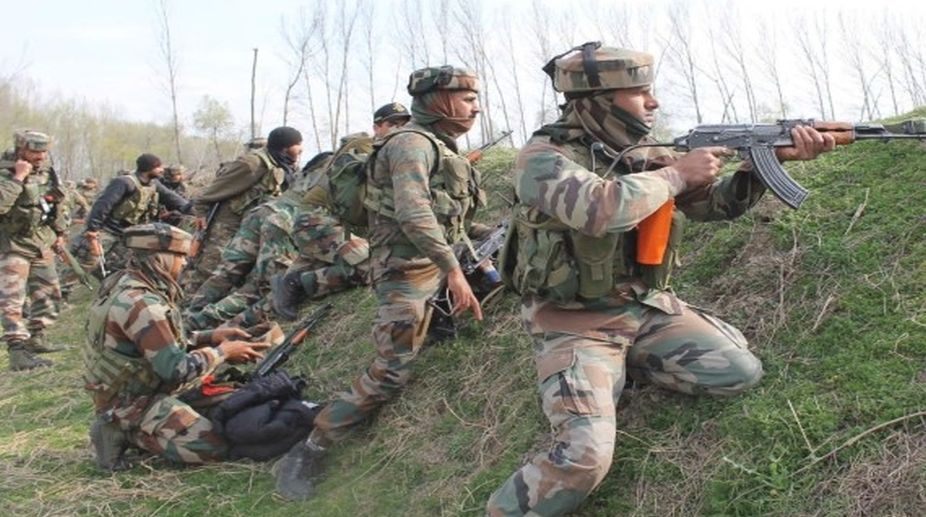It is a measure of the Maoist potential in Chhattisgarh’s Bastar region that the raising of the CRPF’s specialised “Bastariya Force” has almost immediately been greeted with the formation of the Bastar Tiger Battalion by the extremists. In effect, the new unit of the CRPF will countenance the “Tigers”, who are intent on liberating a wider swathe of the state. The southern part of Bastar is now said to be controlled by the Maoists, and quite obviously the crimson turf extends beyond the Chhattisgarh-Odisha border. In terms of experience and promptitude, the Bastariya Force cannot be compared to the crack Greyhounds of Andhra Pradesh. For one thing, the scope of operations will be limited to Bastar, once the country’s largest district … followed by Bengal’s Midnapore, also a part of the Red Corridor. To the extent that security forces have little or no presence in the “liberated” zones, a shortcoming that is exacerbated by a skeletal civilian administration in a disturbed region.
For another, the striking feature of the new force must be the fairly sizeable induction of women, who will constitute 33 per cent of the force. Markedly, the four worst-affected zones constitute the recruiting base for the battalion ~ Bijapur, Sukma, Dantewada, and Narayanpur. Not wholly unrelated is the fact that to the extent that it well be what they call a “tribal only” battalion, the force will represent the subaltern in action… against the predominantly subaltern Maoists. This could well lend a new dimension to subaltern studies, though it might be presumptuous to conclude that the BJP establishments in Delhi and Raipur might be intent on splitting the class group. On the face of it, the Centre’s initiative is embedded in the anxiety to recruit young men and women in tribal areas to the security forces, and thus afford an opportunity for sustainable livelihood. The plan of action is to be welcomed as judging by the parameters of training and internal combat operations, the CRPF comes closest to the army. It is quite another story that the military is on occasion deployed to beef up the paramilitary presence.

It must be conceded that this is an ingenious initiative in the chronically restive Red Corridor. More positive than such sops as doling out rice at Rs 2 a kg. Having said that, the mere raising of a battalion can do but little to contain extremism. Equally critical is coordination with the state police, as the mayhem in Dantewada reaffirmed a couple of years ago. Almost invariably, it is the CRPF personnel who are the casualties of a Maoist counter-mobilisation because of their unfamiliarity with the topography of a rugged terrain. It is here that the local law-enforcement authorities can lend strategic support, instead of leaving the task entirely to the devices of the central force. And also, of course, ~ in the case of Chhattisgarh ~ by fielding the Salwa Judum against the mortal militants.












